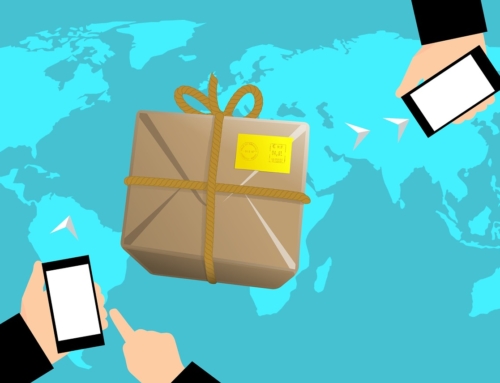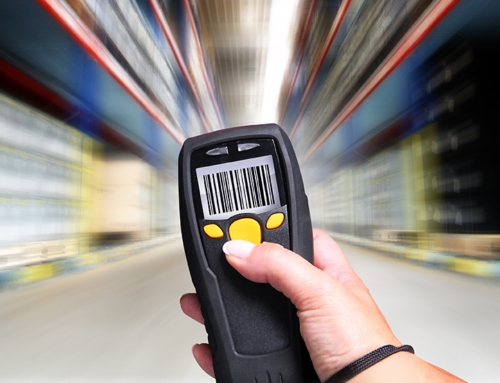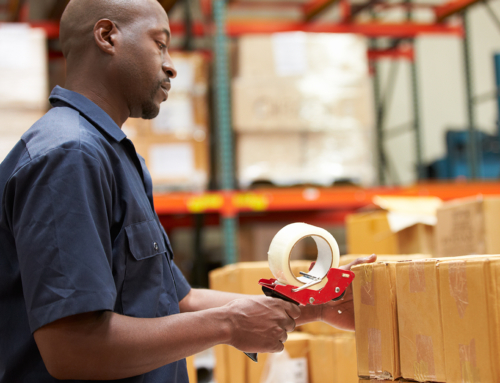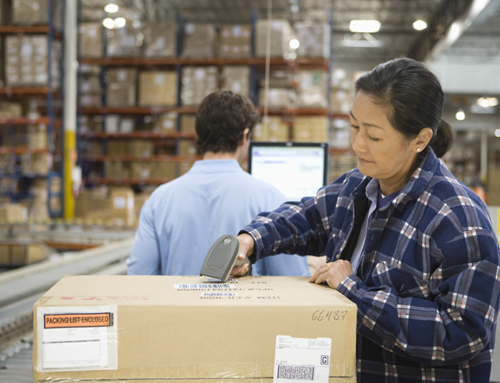Customers rely on your reverse logistics team to have their returns processed efficiently so they can get a refund or exchange in time for a special event or birthday, but what those same returns management professionals mean to retailers and e-Tailers is something much greater.
For both brick-and-mortar and eCommerce companies, the speed of reverse logistics is just part of the equation. Reverse logistics means a lot more than moving a package from the incoming mail back into inventory.
What Reverse Logistics Does for Retail
Retailers have long been focusing their efforts on outbound logistics, but there’s a lot reverse logistics can do for retailers and e-Tailers, too.
When you ask what reverse logistics means for your business, the answer could be anything from a huge list, including:
Rerouting products ready for market. Products that come in ready to resell are quickly and efficiently returned to the sales floor or warehouse within hours or days of being received. Reverse logistics companies are able to do this because of their focus on data-driven processes that can clear the way ahead of time, allowing a package to move swiftly.
Detecting fraudulent returns. Not every return is what it should be. Sometimes you’ll open a box that should contain a PC and find that it’s nothing but an empty case. In these situations, your reverse logistics team has processes in place to handle fraudulent returns that not only save you money, but that also protect you from future attempts to return a product that isn’t what it seems.
Recycling, refurbishing and disposing of unsellable products. When products are returned because they’re damaged or not working, a reverse logistics team can help you recuperate some value by either recycling them and selling the parts for scrap or refurbishing the item, allowing you to sell the items for a discount. If push comes to shove, they’ll dispose of broken returns, but products of this nature often require special disposal that goes beyond simply tossing them in a dumpster.
Repackaging products that are sellable but open. Merchandise often arrives at the reverse logistics center opened, especially when the packaging obscures the view of the actual item or, in the case of clothing and accessories, a trial fit is required to really know if it’s going to work for the buyer. These products are understandably difficult to resell as is, but returns experts have clever ways of repackaging products or kitting them to make new offers out of items that were returned outside of their original packaging.
Managing recalled items. Recalls happen, even to clothing retailers. Although you probably rarely deal with these complicated issues, your reverse logistics team handles them daily for their clients. From knowing which items have been recalled to the specific steps required to deal with the recalls, your reverse logistics experts can help guide you through a recall and ensure that your customers are well-informed throughout the process.
At the end of the day, what reverse logistics means to retailers and e-Tailers is more money back in their pockets and more faithful customers for the long term. Efficient returns and loyal customers are among the highest achievements for any retailer, online or off.







Leave A Comment